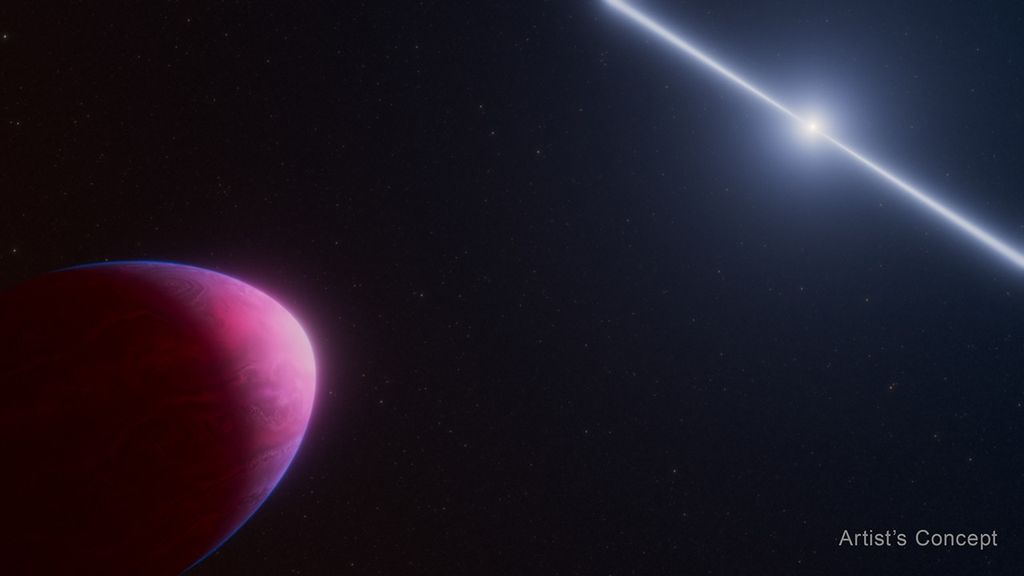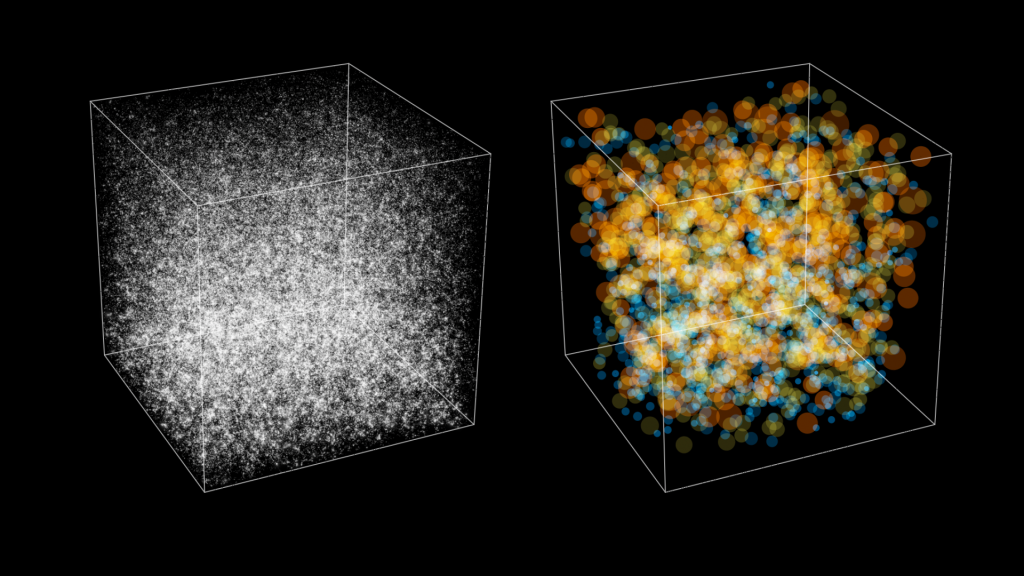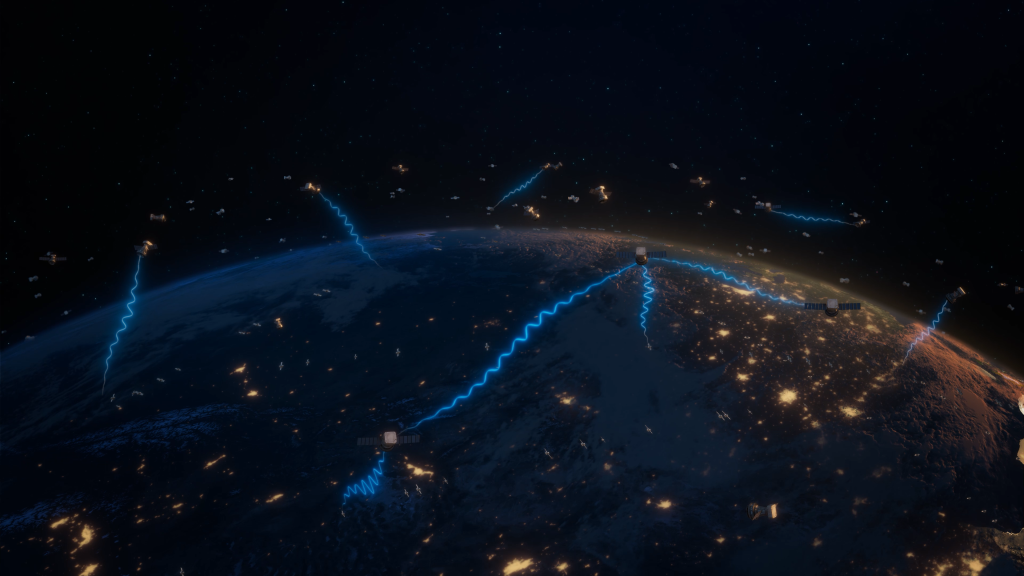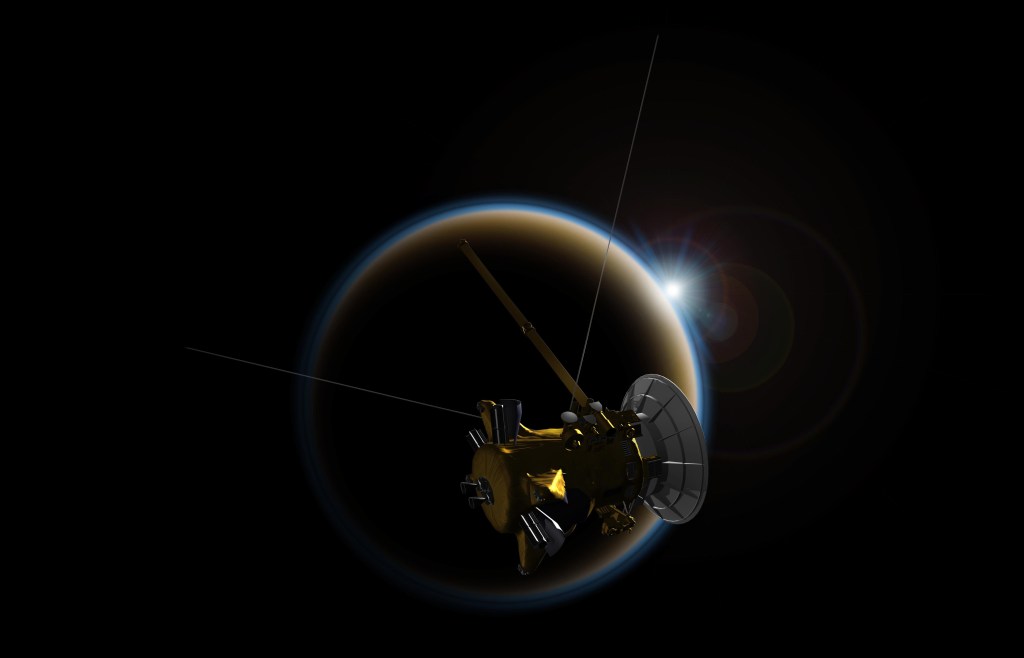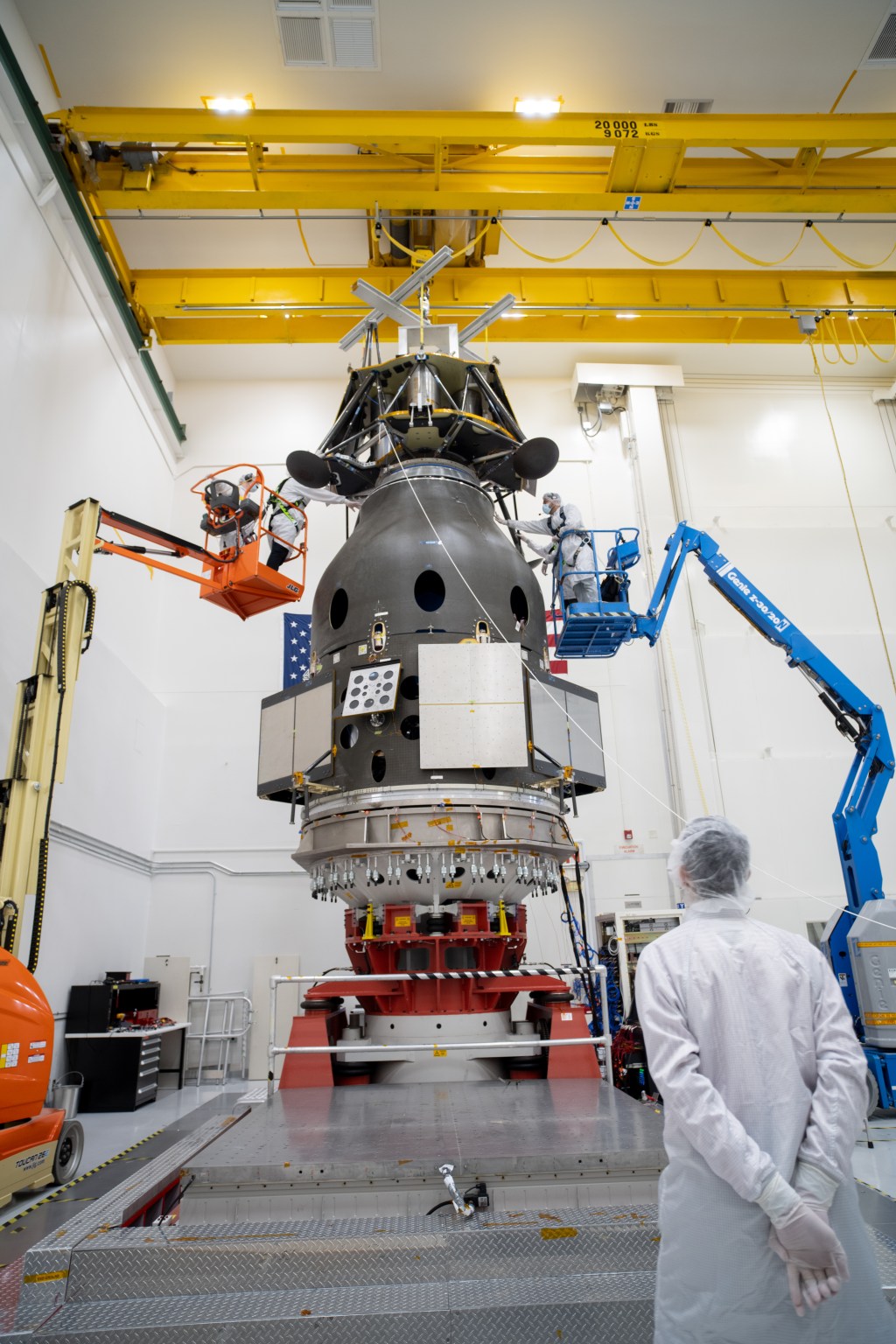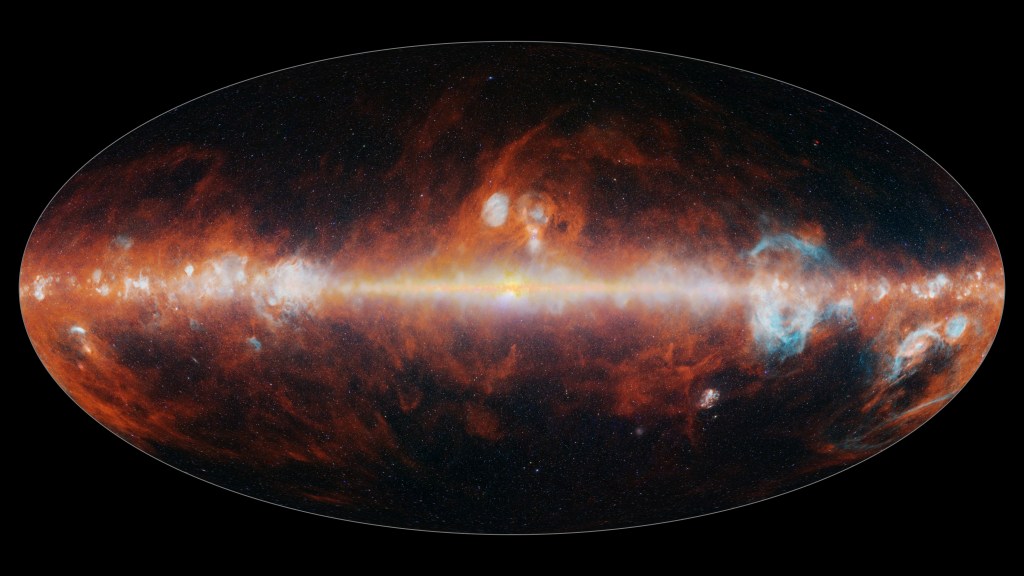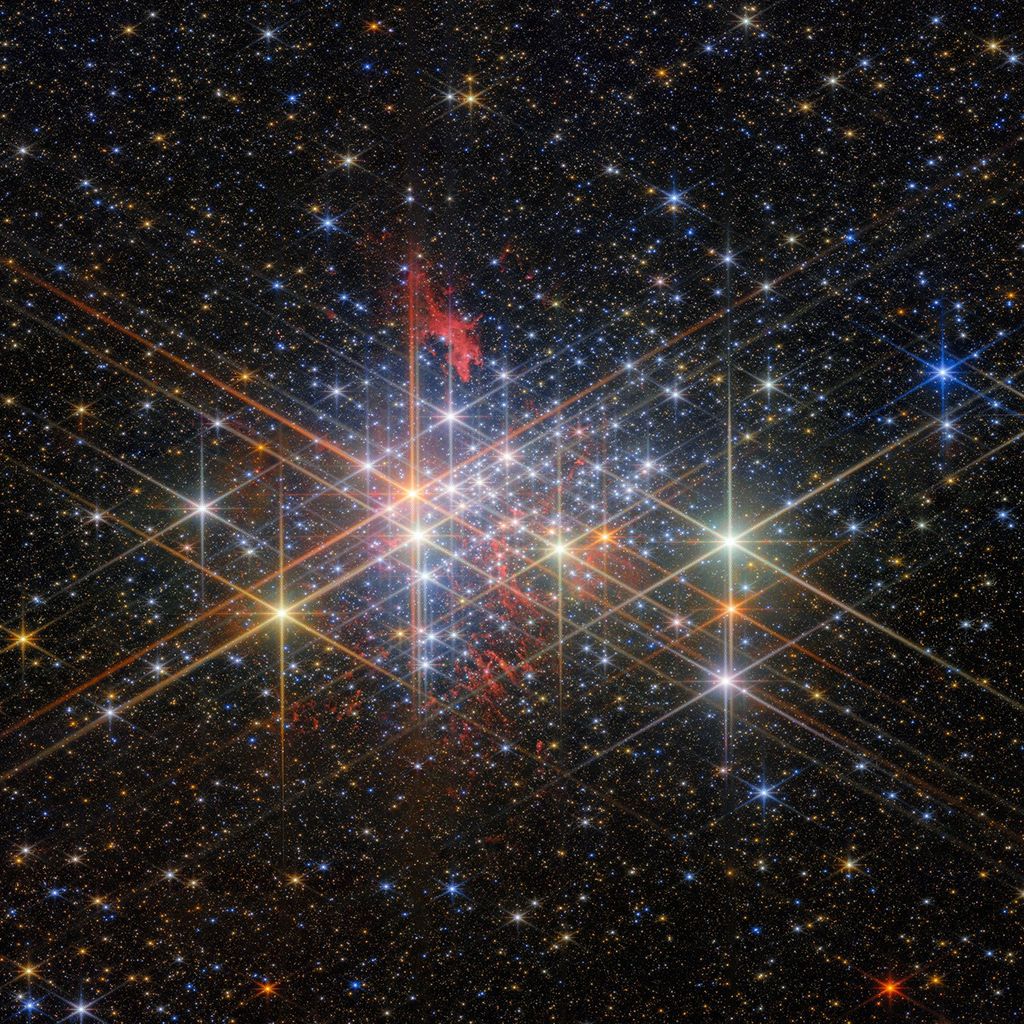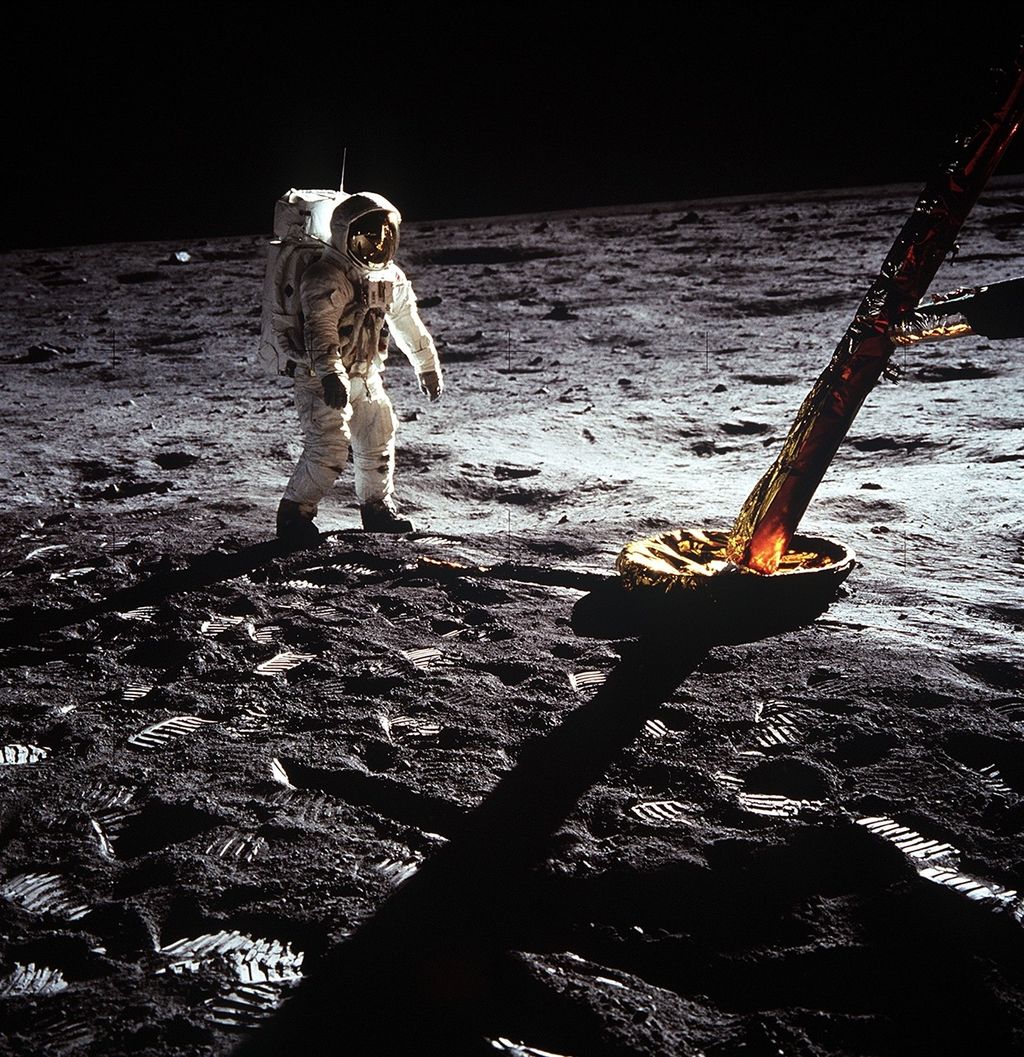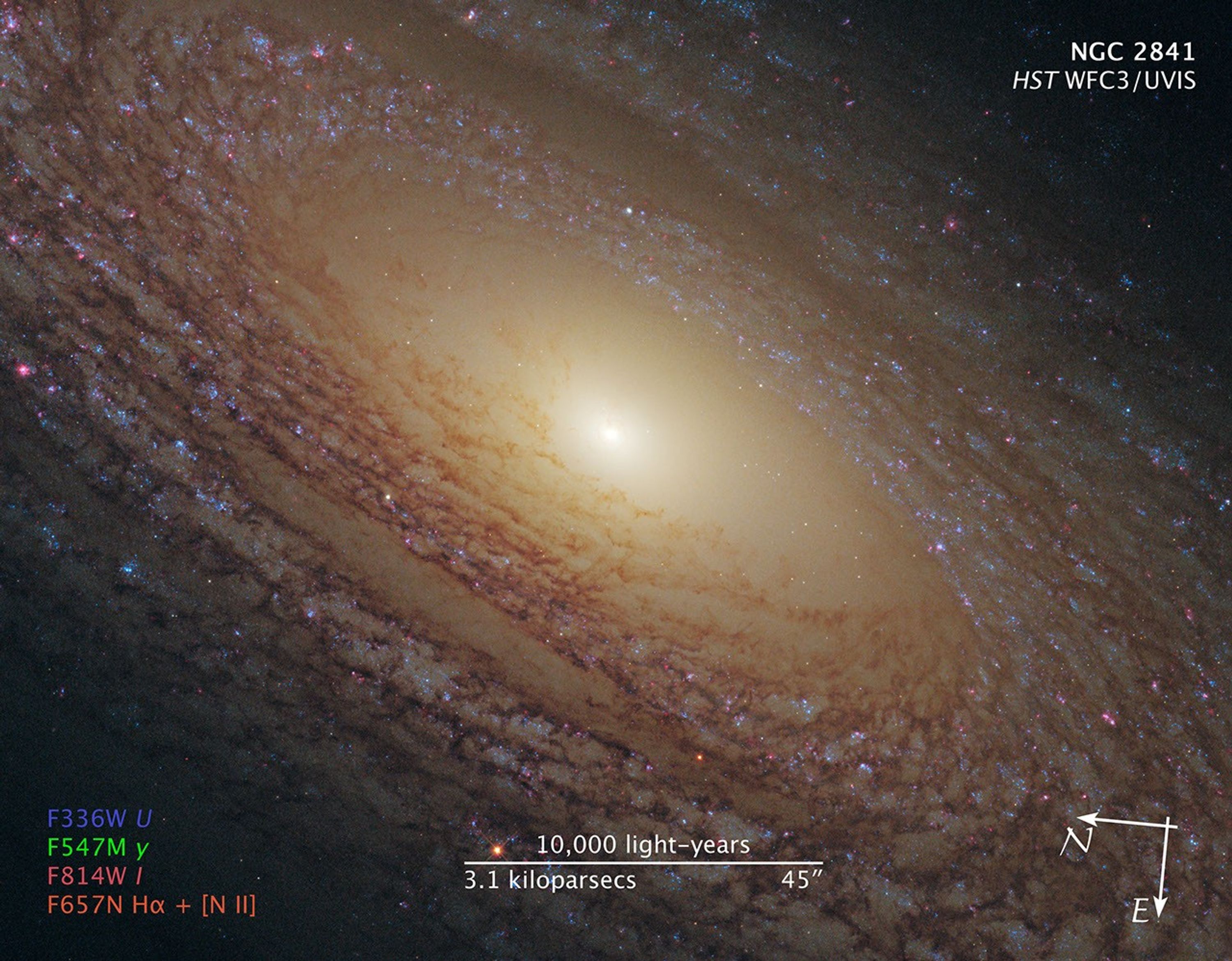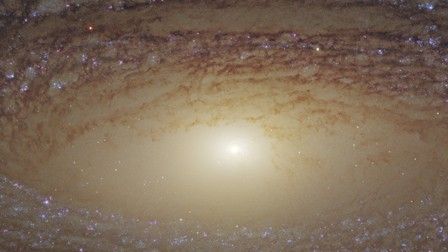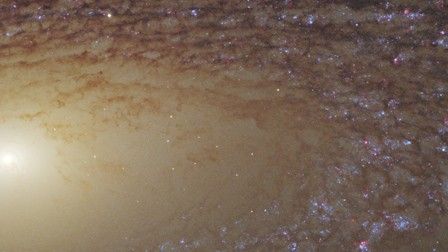1 min read
Spiral Galaxy NGC 2841

NASA's Hubble Space Telescope reveals a majestic disk of stars and dust lanes in this view of the spiral galaxy NGC 2841.
A bright cusp of starlight marks the galaxy's center. Spiraling outward are dust lanes that are silhouetted against the population of whitish middle-aged stars. Much younger blue stars trace the spiral arms.
Notably missing are pinkish emission nebulae indicative of new star birth. It is likely that the radiation and supersonic winds from fiery, super-hot, young blue stars cleared out the remaining gas (which glows pink), and hence shut down further star formation in the regions in which they were born. NGC 2841 currently has a relatively low star formation rate compared to other spirals that are ablaze with emission nebulae.
NGC 2841 lies 46 million light-years away in the constellation of Ursa Major (The Great Bear). This image was taken in 2010 through four different filters on Hubble's Wide Field Camera 3. Wavelengths range from ultraviolet light through visible light to near-infrared light.
About the Object
- R.A. PositionR.A. PositionRight ascension – analogous to longitude – is one component of an object's position.09h 22m 2.64s
- Dec. PositionDec. PositionDeclination – analogous to latitude – is one component of an object's position.50° 58' 35.46"
- ConstellationConstellationOne of 88 recognized regions of the celestial sphere in which the object appears.Ursa Major
- DistanceDistanceThe physical distance from Earth to the astronomical object. Distances within our solar system are usually measured in Astronomical Units (AU). Distances between stars are usually measured in light-years. Interstellar distances can also be measured in parsecs.About 46 million light-years (14 million parsecs)
- DimensionsDimensionsThe physical size of the object or the apparent angle it subtends on the sky.The image is 2.6 arcminutes (34,000 light-years or 10,500 parsecs) wide.
About the Data
- Data DescriptionData DescriptionProposal: A description of the observations, their scientific justification, and the links to the data available in the science archive.
Science Team: The astronomers who planned the observations and analyzed the data. "PI" refers to the Principal Investigator.The image was created from Hubble data from proposal 11360: R. O'Connell (University of Virginia), B. Balick (University of Washington), H. Bond (STScI), D. Calzetti (University of Massachusetts), M. Carollo (Swiss Federal Institute of Technology, Zurich), M. Disney (University of Wales, College of Cardiff), M. Dopita (Australian National University), J. Frogel (Ohio State University Research Foundation), D. Hall (University of Hawaii), J. Holtzman (New Mexico State University), P. McCarthy (Carnegie Institution of Washington), F. Paresce (European Southern Observatory, Germany), A. Saha (NOAO/AURA), J. Silk (University of Oxford), A. Walker (NOAO/CTIO), B. Whitmore (STScI), R. Windhorst (Arizona State University), and E. Young (University of Arizona). - InstrumentInstrumentThe science instrument used to produce the data.HST>WFC3/UVIS
- Exposure DatesExposure DatesThe date(s) that the telescope made its observations and the total exposure time.January 5-7, 2010, Exposure Time: 2 hours
- FiltersFiltersThe camera filters that were used in the science observations.F336W (U), F547M (y), F657N (H-alpha + [N II]), and F814W (I)
- Object NameObject NameA name or catalog number that astronomers use to identify an astronomical object.NGC 2841
- Object DescriptionObject DescriptionThe type of astronomical object.Flocculent Spiral Galaxy
- Release DateFebruary 17, 2011
- Science ReleaseHubble Shows New Image of Spiral Galaxy NGC 2841
- Credit

This image is a composite of separate exposures acquired by the WFC3 instrument on HST. Several filters were used to sample broad and narrow wavelength ranges. The color results from assigning different hues (colors) to each monochromatic (grayscale) image associated with an individual filter. In this case, the assigned colors are: Blue: F336W (U) Green: F547M (y) Red/orange: F657N (H-alpha + [N II]) Red: F814W (I)

Related Images & Videos
Share
Details
Claire Andreoli
NASA’s Goddard Space Flight Center
Greenbelt, Maryland
claire.andreoli@nasa.gov


